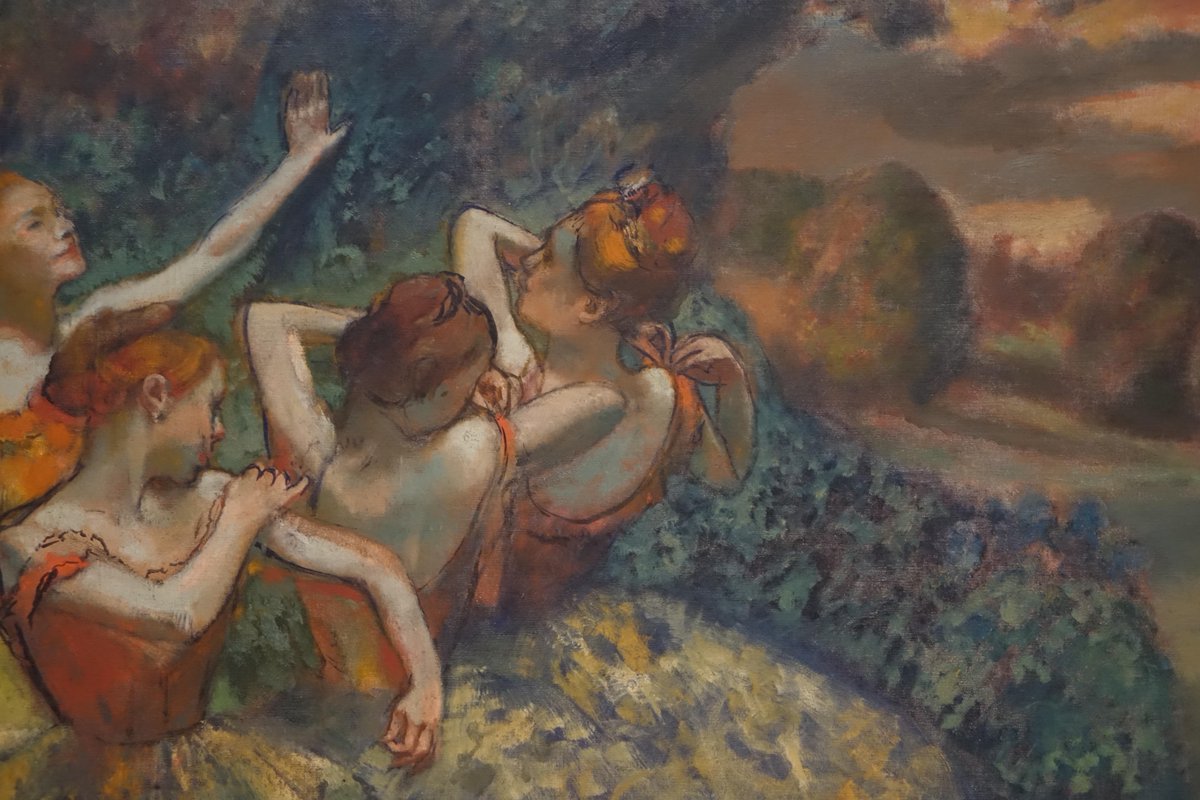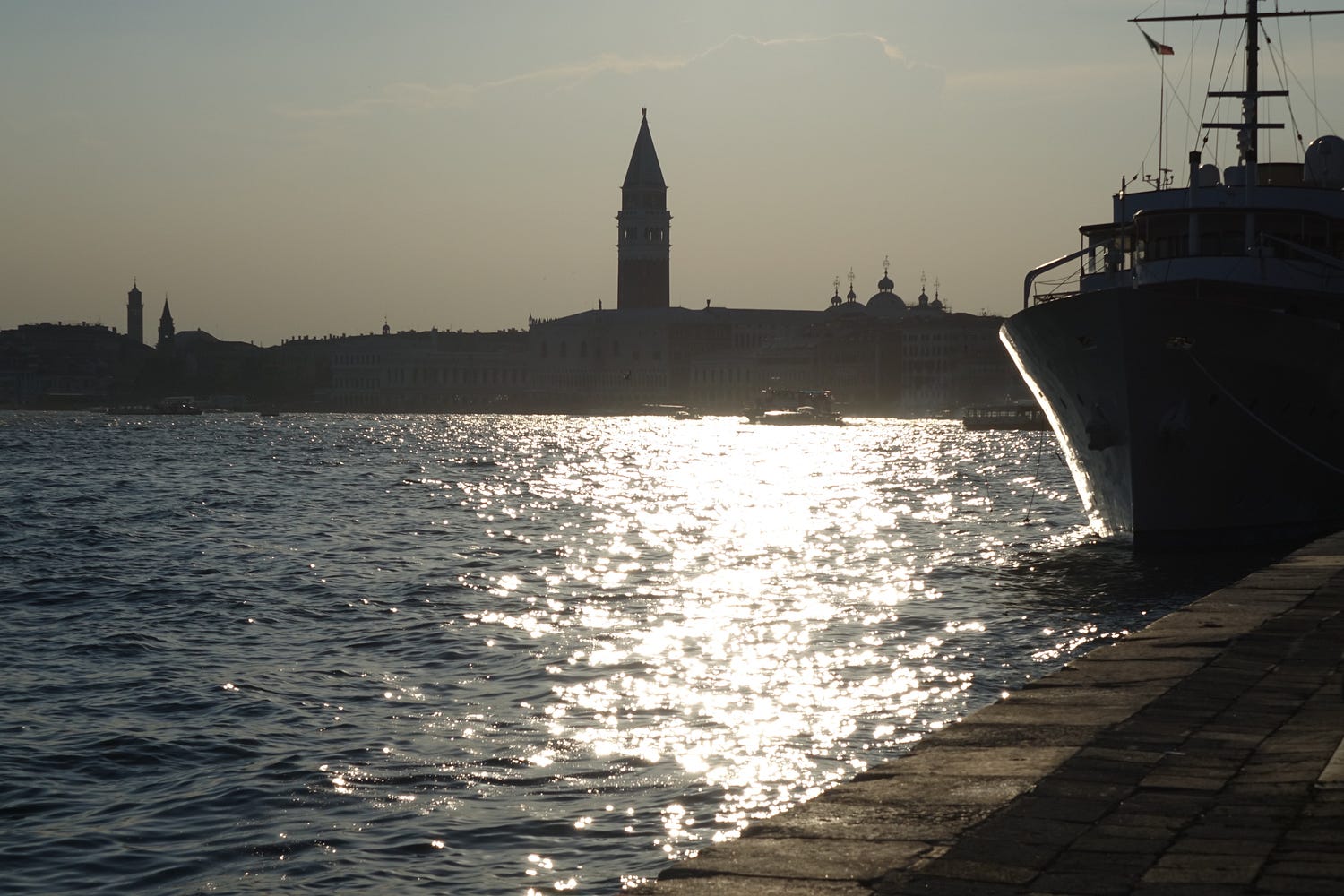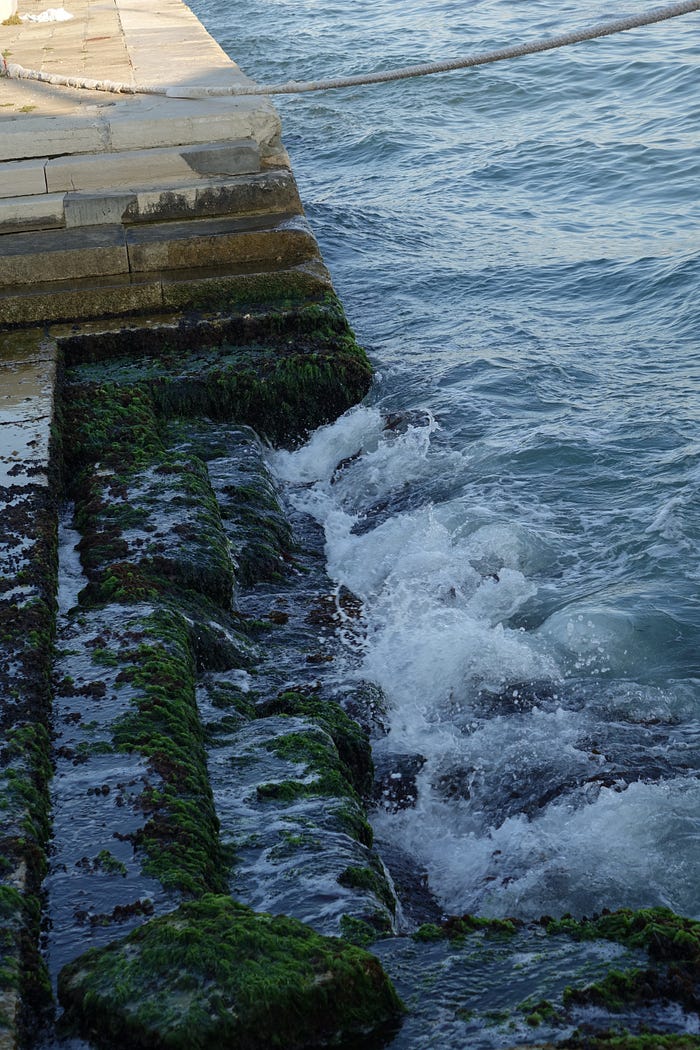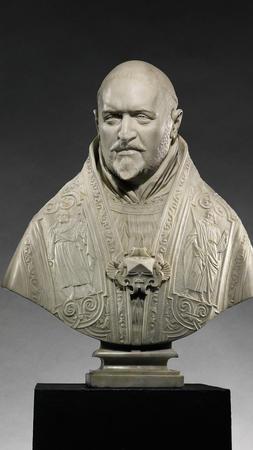by Gregg Chadwick
Author Gabriel Urza’s family has roots in Spain’s Basque region. His new novel “All That Followed”http://amzn.to/2eyXpMY shows us the faces of civil wars — the Spanish Civil War of the 1930's, the Basque separatist movement, and the small wars that families and couples often find themselves fighting. Urza recounts a fictional tale based on real events that explores the kidnapping and killing of a young politician by even younger separatists in the late 1990s. Urza limns a town where everyone knows where bullet holes were left by Franco’s murderous thugs decades before. Ghosts of the murdered seem to arrive in the slanted rain — txirimiri in Basque. In a Rashomon like retelling of the politician’s murder, three disparate voices speak in alternating chapters: Joni, an aging American expat teacher. Mariana, the victim’s young wife. And Iker, a student activist turned abductor. Joni and Mariana’s pain and loss are balanced with Iker’s hunger for meaning and action and ultimate indoctrination into violence. Much like the current appeal of ISIS for many young men and women in Europe, Iker finds acceptance into a group of like minded if not lost compadres. Urza’s novel does not give us easy answers, but instead focuses on the human costs of political and personal devotion and unfaithfulness.
Urza writes with a deep poetic connection to the Basque landscape and the struggles of its people. Highly recommended.













